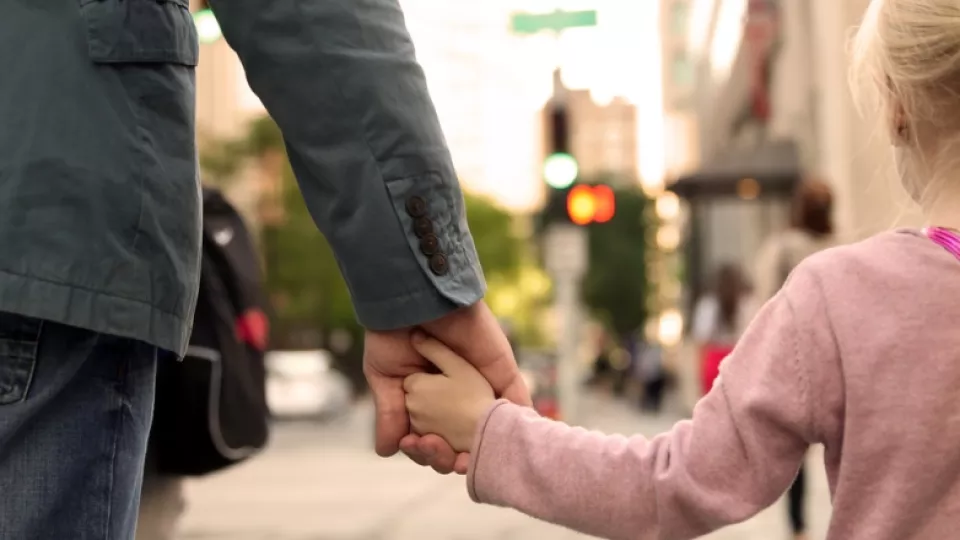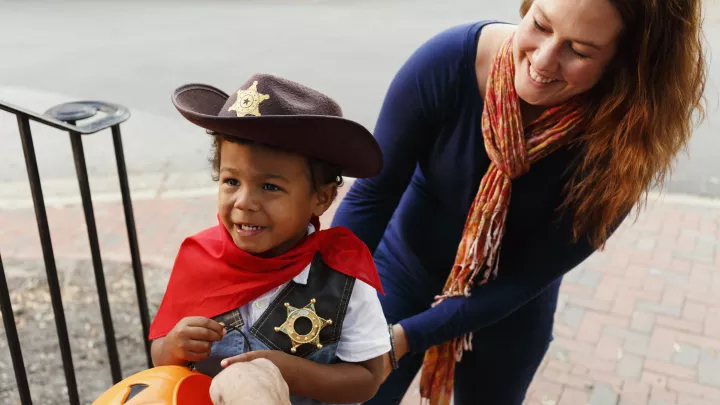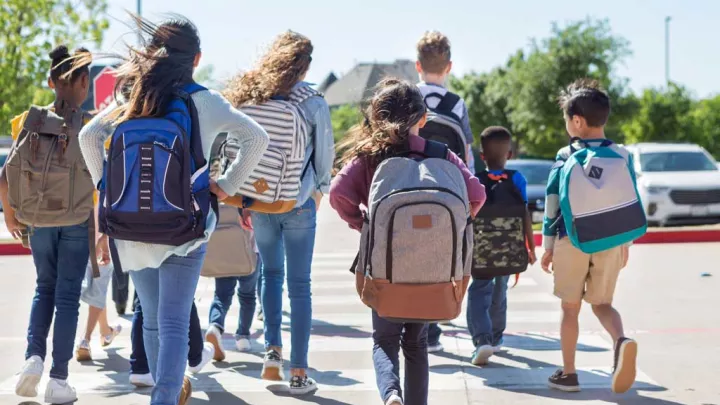
Pedestrian Safety Tips for Families
While drivers must obey traffic lights and be alert of people on the road, pedestrians too must be just as cautious – to always walk safely and remain visible. However, some things are out of our control as pedestrians: speeding cars, distracted drivers, cars running red lights, etc. In a perfect world, all vehicle drivers would obey traffic lights and fatal incidents would not take place. Although some motor vehicle crashes may not be averted by our actions as pedestrians, it is in our best interest to always be vigilant.
According to the National Highway Traffic Safety Administration (NHTSA), pedestrians experienced an increase in fatalities in the United States in 2015, but NHTSA continues to raise awareness of the dangers to pedestrians and provides resources to communities across the nation to ultimately reduce pedestrian-related injuries and fatalities. It is imperative to teach young children safe-walking rules that will help protect them as pedestrians throughout their lives. The Injury Prevention Program at Children’s Hospital Los Angeles recommends the following safe-walking rules:
- Always STOP at an intersection and then look: LEFT, RIGHT and LEFT before crossing, and keep looking as you cross.
- Always walk across streets, do not run.
- Cross at intersections, use signals and crosswalks when present.
- Use sidewalks and paths; if not available, face traffic and stay left.
- Watch for cars that are turning or backing up.
- When helping children exit the vehicle, explain the rules of staying near an adult and remind them that parking lots and sidewalks near the road are not a playing area.
- Make eye contact with drivers before crossing in front of them.
- Keep children from walking alone during times when drivers may have trouble seeing them.
- Ensure kids wear reflective materials so they can be seen by drivers, especially at nighttime and during holidays such as Halloween.
- Stop children from playing in the streets; keep them in safe areas.
Developmentally, children cannot judge speed or distance of driving vehicles until age 10, so an adult should always accompany young children when walking. Eighty percent of children pedestrian fatalities occur away from intersections, which is why explaining to young children the dangers of jaywalking is so important. As children get older, electronics inevitably become part of their daily lives. Talk to teens about the importance of keeping their devices tucked away to avoid distractions while crossing. Distractions include the use of earphones, playing loud music, social media, games, texting, and calling. Explain that distracted pedestrians can be just as dangerous as distracted drivers.
Families today live extremely busy lives and children spend a lot of time traveling in motor vehicles. Nonetheless, it’s important to take the time to teach them how to remain safe near and around cars. Setting an example is the clearest form of teaching. Take a walk when possible and explain traffic lights and signals and show your children the safest route home if they will be walking on their own.


